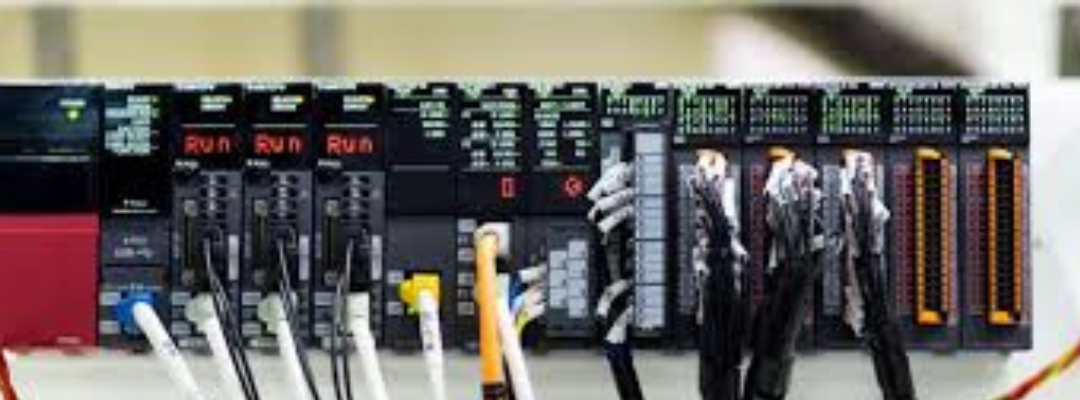Selecting the right Programmable Logic Controller (PLC) system is essential for the reliability and success of any industrial automation project. With numerous PLC options available, it’s important to evaluate technical, environmental, and operational factors before making a decision. This guide outlines key considerations to help ensure you choose a PLC that aligns with your system requirements and long-term goals.
1.Understanding the Application Scope
Start by clearly defining the scope of your automation project. This includes the type of machinery or process being controlled, the control objectives, and the overall system complexity. Whether it’s a small machine or a full-scale plant automation, understanding the core requirements helps in identifying suitable PLC specifications.
2.Technical Specifications and System Needs
The technical demands of your application must match the capabilities of the PLC system. Important parameters include the number of digital and analog I/O points, scan cycle speed, processing power, memory size, and voltage compatibility. These features impact the PLC’s ability to execute real-time control efficiently.
3.Choosing the PLC Type
Based on system scale and complexity, PLCs are available in different types:
- Compact PLCs: Suitable for simple and small-scale automation tasks.
- Modular PLCs: Ideal for systems requiring flexibility and future expansion.
- Rack-mounted or high-end PLCs: Designed for large, advanced industrial systems.
Selecting the right type ensures optimal performance without unnecessary overhead.
4.I/O Configuration and Expansion Options
It’s essential to evaluate how many input and output points are required, including future expansion possibilities. Choose a PLC with adequate I/O channels and modular capabilities if the system might grow. Both digital and analog I/O types must be considered based on sensors and actuators used in the setup.
5.Programming Environment and Language Support
The PLC programming software must be reliable and user-friendly. Common programming languages such as Ladder Logic, Structured Text, and Function Block Diagrams are widely supported. Compatibility with your engineering team’s skill set and operating systems helps in smoother development and troubleshooting.
6.Communication and Integration Capabilities
For smooth operation, the PLC should support industrial communication protocols such as Ethernet/IP, Profibus, Profinet, Modbus, and CAN open. These protocols enable integration with HMIs, SCADA systems, drives, sensors, and other network devices within your automation system.
7.Reliability, Redundancy, and System Uptime
In critical industrial environments, system reliability is non-negotiable. PLCs with built-in redundancy options—like dual CPUs, redundant power supplies, and hot-swappable modules—help maintain continuous operation, even in case of a component failure.
8.Scalability and Future Readiness
Select a PLC system that allows for future expansion. Modular PLCs offer flexibility for adding I/O modules, communication interfaces, and features as the system evolves. A scalable design minimizes reengineering costs in the long run.
9.Environmental Suitability
Industrial environments vary greatly, so the selected PLC must withstand the surrounding conditions. This includes temperature extremes, humidity, vibration, dust, and electromagnetic interference. Ensure the PLC meets necessary IP or NEMA enclosure ratings for reliable operation.
10.Vendor Support and Training Availability
Reliable technical support and training are crucial during commissioning, programming, and maintenance. Choose a PLC brand known for strong after-sales service, detailed documentation, and access to training resources or local support teams.
11.Budget and Cost Efficiency
While choosing a PLC, evaluate both initial investment and long-term costs. These include hardware prices, licensing for programming software, maintenance costs, and spare parts availability. A cost-effective PLC should offer long-term value without compromising essential features.
12.Testing and Validation
Before deployment, test the PLC system in a simulated environment. This ensures that programming logic, I/O communication, and real-time behavior align with your project’s expectations. Validation helps avoid unexpected issues during actual operation.
13.Expert Consultation
Working with automation specialists or system integrators can simplify complex PLC selection processes. Their experience can help in designing an efficient control system tailored to your requirements, saving time and preventing costly mistakes.

